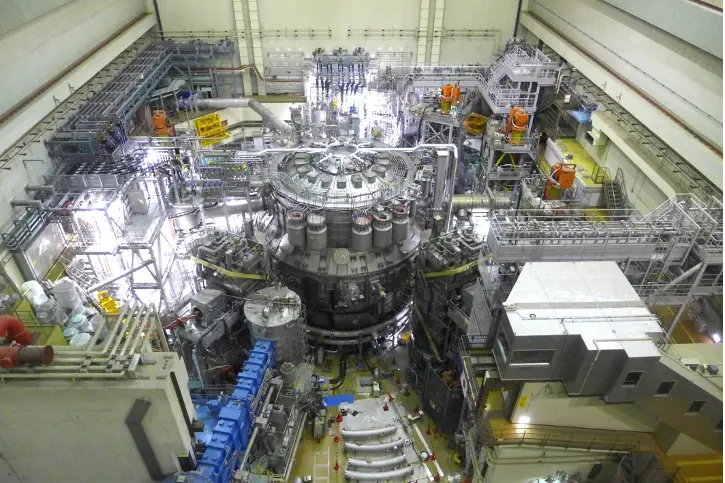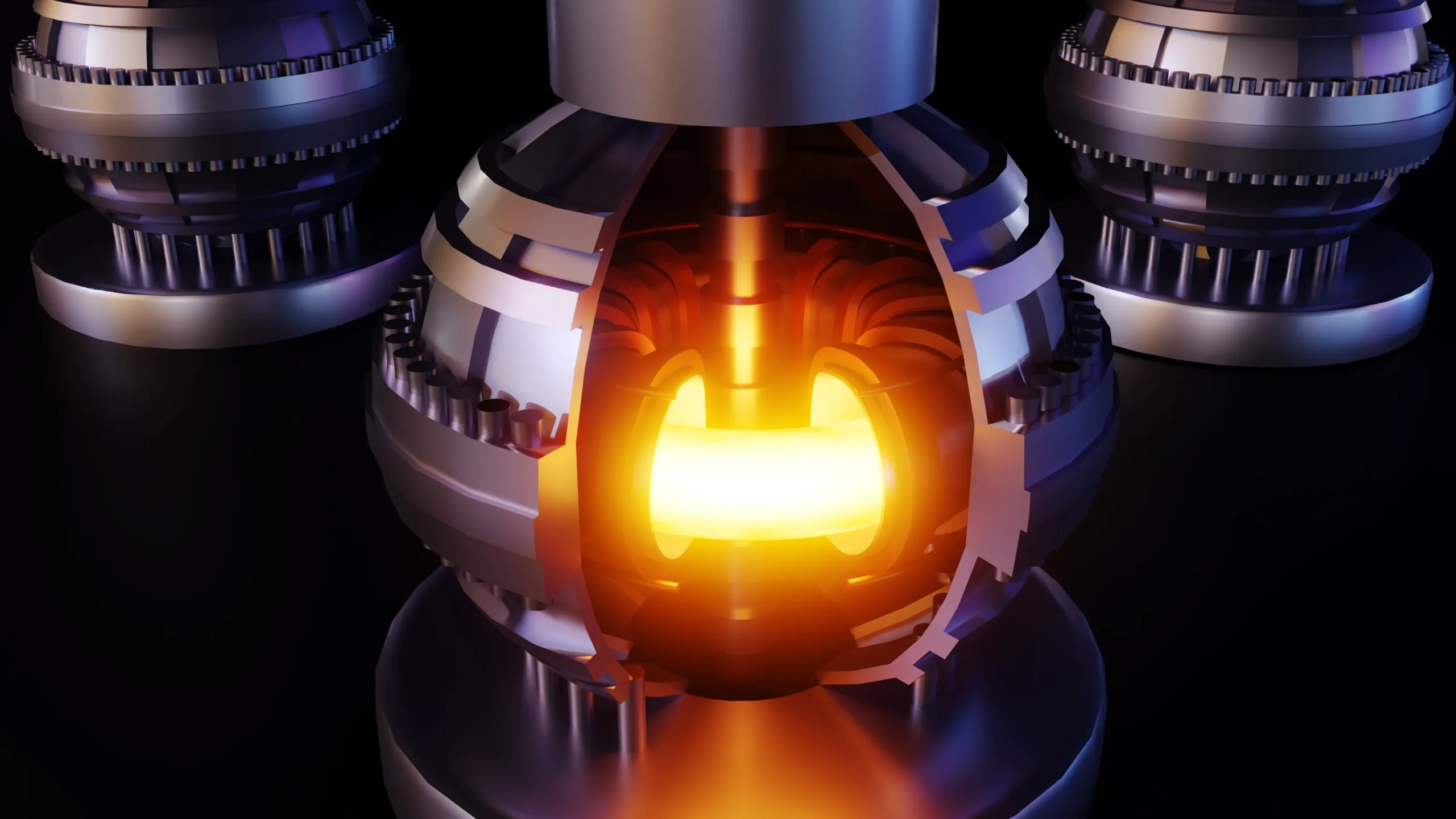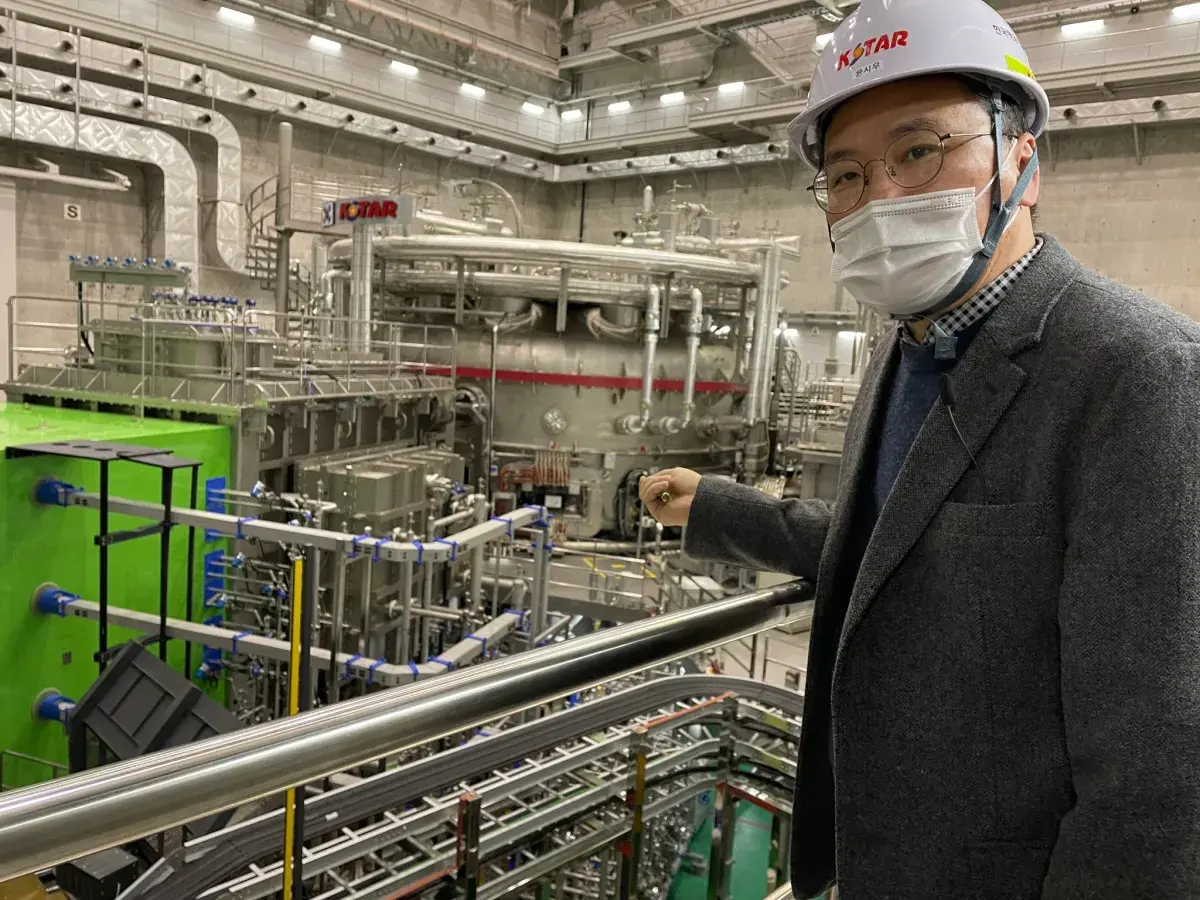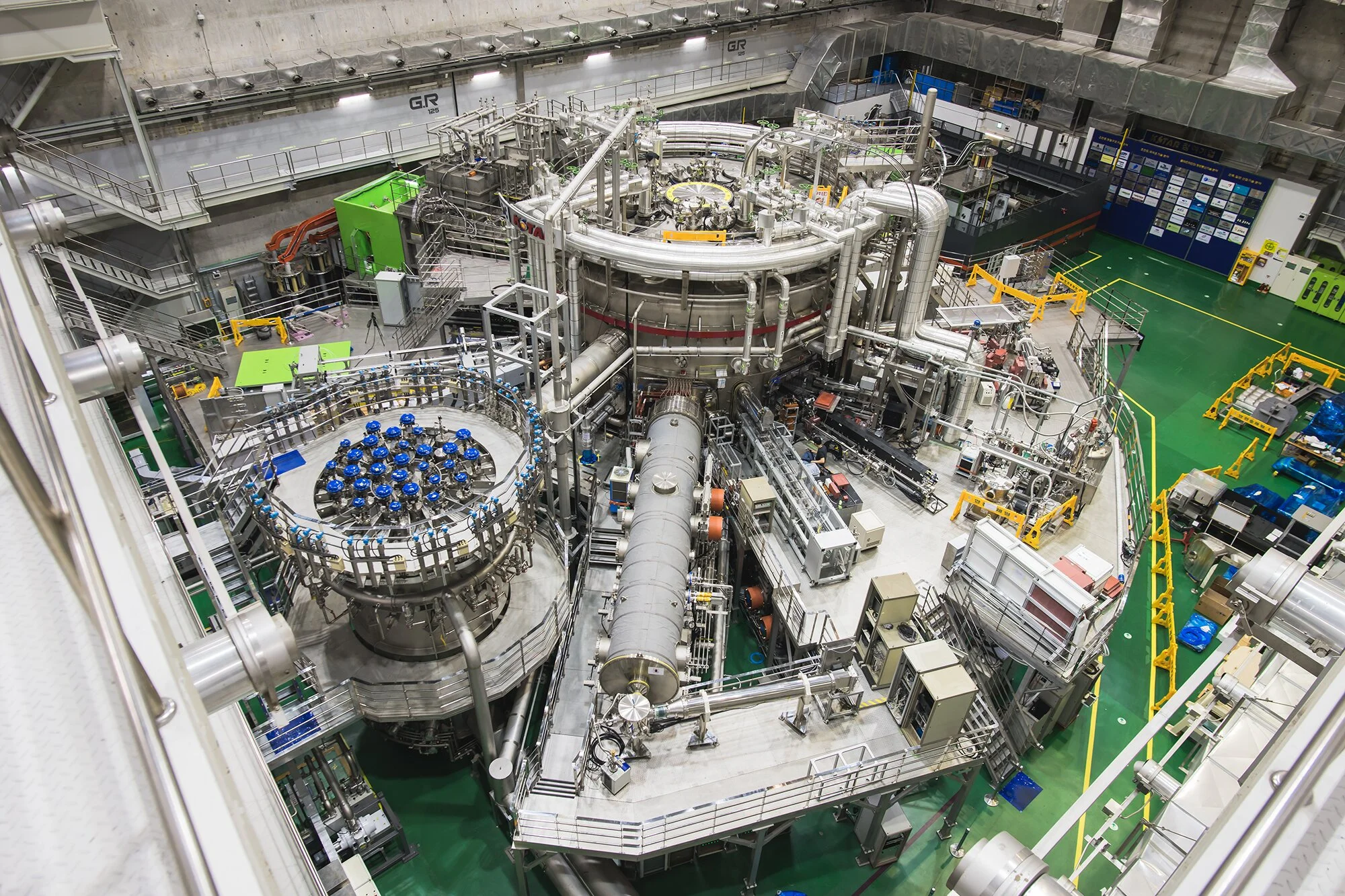
In a ground-breaking achievement, South Korea has successfully reached a record temperature of 100 million degrees Celsius in its ‘Artificial Sun’ experiment. This staggering feat marks an important milestone in the country’s pursuit of harnessing the power of nuclear fusion as a clean and sustainable energy source.
Scientists at the Korea Superconducting Tokamak Advanced Research (KSTAR) facility achieved and maintained this unprecedented temperature for a remarkable duration, beating their previous record of 20 seconds in 2019. The ‘Artificial Sun’ is a fusion reactor that replicates the intense heat and pressure of the Sun’s core, where hydrogen nuclei fuse together, releasing massive amounts of energy.
The immense heat and energy generated by the ‘Artificial Sun’ could potentially provide a solution to mankind’s growing energy needs while minimizing environmental impact. The successful production of a stable and long-lasting plasma state at such extreme temperatures is a significant step forward in developing a commercially viable nuclear fusion reactor.
South Korea’s breakthrough reinforces its position as a global leader in fusion technology and paves the way for further advancements in the field of zeusslot clean energy. With this remarkable achievement, the nation brings us closer to a future powered by limitless, emission-free energy.

Contents
- 1 Understanding the significance of reaching a temperature of 100 million Celsius
- 2 The process and technology behind the ‘Artificial Sun’
- 3 Previous advancements in nuclear fusion research
- 4 Implications of achieving such high temperatures
- 5 Artificial Sun: Potential applications of nuclear fusion technology
- 6 Challenges and future prospects of nuclear fusion research
- 7 International collaborations in nuclear fusion research
- 8 The impact of the South Korean ‘Artificial Sun’ on renewable energy
- 9 Korean’s Artificial Sun: Future developments in nuclear fusion technology
- 10 Author
Understanding the significance of reaching a temperature of 100 million Celsius
Reaching a temperature of 100 million degrees Celsius is a tremendous scientific achievement with far-reaching implications. The extreme heat generated by the ‘Artificial Sun’ is crucial in replicating the conditions necessary for nuclear fusion, where hydrogen nuclei combine to form helium, releasing a vast amount of energy in the process. This breakthrough allows scientists to study and understand the behavior of plasma at such extreme temperatures, opening up new possibilities for harnessing this energy source.
The process and technology behind the ‘Artificial Sun’
The ‘Artificial Sun’ is a fusion reactor that utilizes advanced technology to replicate the conditions found in the core of the Sun. At the heart of this reactor is a device called a tokamak, which uses powerful magnetic fields to confine and control the hot plasma. The plasma, consisting of ionized particles, is heated to extreme temperatures using a combination of electric currents and powerful radio waves. This process allows the plasma to reach temperatures of 100 million degrees Celsius, creating the ideal environment for nuclear fusion to occur.
Previous advancements in nuclear fusion research
The achievement of reaching a temperature of 100 million degrees Celsius builds upon decades of research and development in the field of nuclear fusion. Scientists and engineers worldwide have been working tirelessly to overcome the immense challenges associated with fusion, aiming to harness this clean and virtually limitless source of energy. Previous milestones include the production of sustained fusion reactions, albeit at lower temperatures and for shorter durations. These advancements have paved the way for the breakthroughs we are witnessing today, bringing us closer to realizing the dream of commercial nuclear fusion power.
Implications of achieving such high temperatures
The successful attainment and maintenance of a temperature of 100 million degrees Celsius in the ‘Artificial Sun’ experiment have significant implications for the field of nuclear fusion. These extreme temperatures are critical for sustaining the plasma state and enabling the fusion of hydrogen nuclei, leading to the release of tremendous amounts of energy. By achieving and studying plasma at such high temperatures, scientists can gain valuable insights into the behavior and characteristics of fusion reactions, helping to refine and optimize future fusion reactors.
Artificial Sun: Potential applications of nuclear fusion technology
The immense energy generated through nuclear fusion holds immense promise for a wide range of applications. From providing clean and sustainable electricity to powering space exploration missions, nuclear fusion has the potential to revolutionize various industries. Fusion reactors could become a primary source of power, replacing traditional fossil fuel-based energy generation methods and significantly reducing greenhouse gas emissions. Additionally, fusion technology could power long-duration space missions, offering a reliable and efficient energy source for interplanetary travel.

Challenges and future prospects of nuclear fusion research
While the achievement of reaching a temperature of 100 million degrees Celsius is undoubtedly a major breakthrough, nuclear fusion research still faces several challenges. One of the main hurdles is sustaining and controlling the plasma state over extended periods. The extreme temperatures and high-energy environment place immense strain on the reactor’s materials, requiring the development of advanced materials that can withstand these conditions. Additionally, the construction and operation of fusion reactors on a commercial scale pose significant engineering and logistical challenges. However, with the momentum gained from recent achievements, scientists and engineers remain optimistic about overcoming these obstacles and achieving practical fusion power within the next few decades.
International collaborations in nuclear fusion research
The pursuit of practical nuclear fusion power has led to extensive international collaborations. Scientists and researchers from different countries come together to share knowledge, resources, and expertise in an effort to accelerate progress in this field. One prominent example is the ITER (International Thermonuclear Experimental Reactor) project, a collaboration among 35 nations to construct the world’s largest tokamak fusion device. Such collaborations foster innovation and allow for the pooling of resources, bringing us closer to realizing the potential of nuclear fusion as a viable energy source.
The impact of the South Korean ‘Artificial Sun’ on renewable energy
South Korea’s achievement in reaching a temperature of 100 million degrees Celsius in its ‘Artificial Sun’ experiment has significant implications for the future of renewable energy. Nuclear fusion has the potential to revolutionize the energy landscape by providing a virtually limitless, clean, and sustainable source of power. By overcoming the challenges associated with fusion, South Korea’s breakthrough brings us one step closer to a future where renewable energy can meet the growing global demand without further contributing to climate change.

Korean’s Artificial Sun: Future developments in nuclear fusion technology
The successful attainment of a temperature of 100 million degrees Celsius in South Korea’s ‘Artificial Sun’ experiment represents a major milestone in the pursuit of practical nuclear fusion power. This achievement not only showcases South Korea’s leadership in fusion technology but also brings humanity closer to a future powered by clean and sustainable energy. As research and development in nuclear fusion continue to progress, we can expect further breakthroughs that will pave the way for commercially viable fusion reactors. With each advancement, we inch closer to a world where clean, emission-free energy is readily available, transforming the way we power our societies and ensuring a sustainable future for generations to come.
If you found this article insightful, we invite you to explore our coverage of the latest developments in the IPL (Indian Premier League), blending the excitement of sports with insightful analysis. Discover more about the fusion of innovation and entertainment by delving into our IPL article series.







